Asia Culture and Art Archives
Based on the resources of modern culture and art, which is the center of the Library Park, archives will be displayed related to the culture and art of Asia under 13 themes...
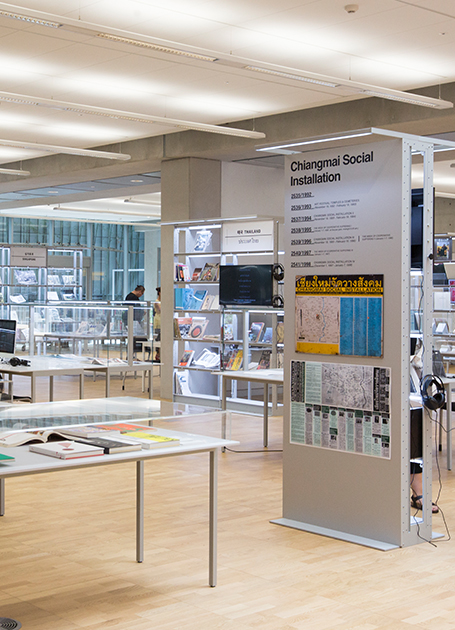
- Date2015. 09. 04 ~ 2020.11.29
- Time10:00 - 18:00
(Wed, Sat) 10:00 - 19:00 - PlaceAsia Culture Museum
- Age Limit All ages
- Price Free
- Ticket Free admission
- Contact+82 1899-5566
Gallery
About
Asia Culture and Art Archives
Asia Culture and Art Archives
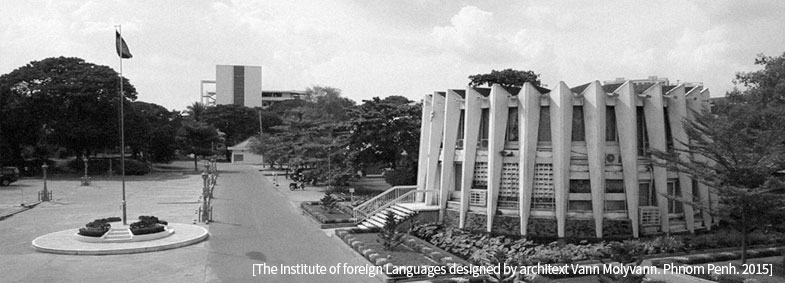
1 Architecture in Asia
Architecture has been a core technical and cultural element in the process of modernization in Asia, and this project forms an archive of the many different aspects of architecture. For example, it describes how the parts of window frames and roofs provided the principles of modern architecture and how they also possess uniquely Asian characteristics. Asian architecture reveals urban environments that are particular to Asia and not found anywhere in the West. To show the highly dense, atypical characteristics of Asian cities, various models, floor plans, and other materials were collected, through which these inherent characteristics will be revealed. In a documentary about symbolic structures such as the National Olympic Stadium of Cambodia or the National Assembly Building of Korea the project also dynamically reveals the mutual influences of architecture and modernization.
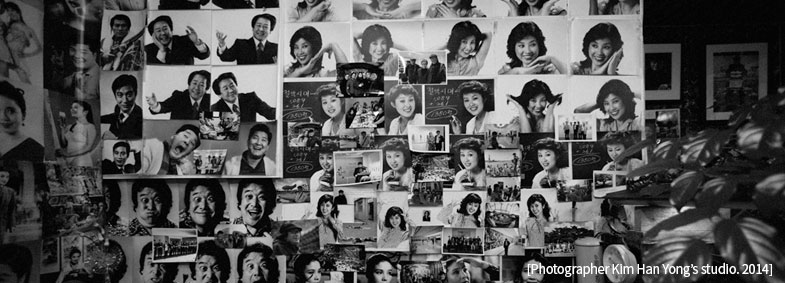
2 Photography in Asia
Photography is a medium that has played an important role in recording changes in society and culture throughout the modern era in Asia. Photographs of urban spaces, buildings, and factories from decades ago as well as advertising and news photographs are now considered rich resources about the culture and history of the times. Collections from photographers, which have now been brought together and digitized, form a critical resource that tracks many of the rapid changes that have occurred in modern times, including the Japanese colonial rule, the liberation and the Korean War. Furthermore, oral statement videos by older photographers will complement the narrative records about photography through vivid testimonies. The collection will cover all of Asia so that they can be utilized as a key resource for research on Asian culture.
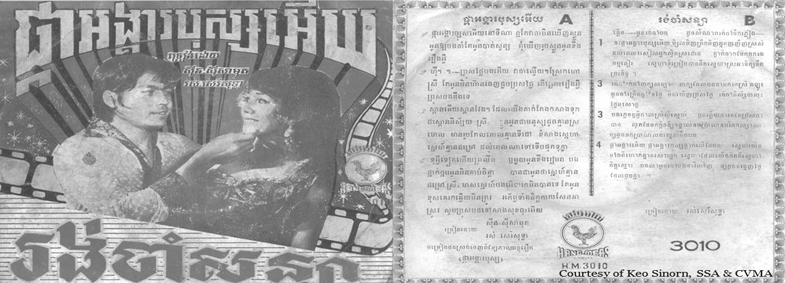
3 Sound and Music in Asia
“Sound and Music in Asia” is a project that documents the landscapes of Asian sound and features a variety of sounds which are disappearing. The first theme, ‘Asian Pop Music’ researches and collects major figure, events, and incidents, and analyzes its environment, genre, and forms in many perspectives. It provides a clue to concluded understanding on pop music’s history and geography by understanding pop music of different times, and events that was crucial for production and circulation. The second theme, ‘Asian Sound Culture’ is a project that researches acoustic events that occurred during the development of media technology, and re-defines sounds familiar to us. On one side of the exhibition venue, sounds from a wide array of Asian regions are played via multichannel speakers so as to present Asia as a landscape with sound, not music.
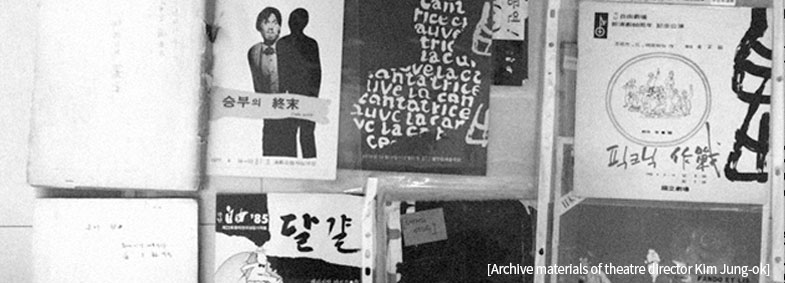
4 Performing Arts in Asia
Artists who worked mainly at small theaters in Seoul during the 1970s and 1980s launched a small theater movement to present new, liberal works that could not be staged at existing theaters. In Japan, artistic freedom was fully explored at movable tent theaters and on the streets, which was led by a rebellious generation of men and women during the 1960s. At a time when there were insufficient public theaters to accomplish this goal, the small theater movement was an outlet for people to comment on the society and the cradle of the art movement. This archive provides materials about artistic venues, people, and incidents that have played important roles in the rise of performing arts in Korea and Japan. In the future, this archive will assist in the establishment of social meaning with respect to Asian performing arts by the expansion of the quantity of its materials to cover small theaters throughout Southeast Asia and Chinese-speaking countries.
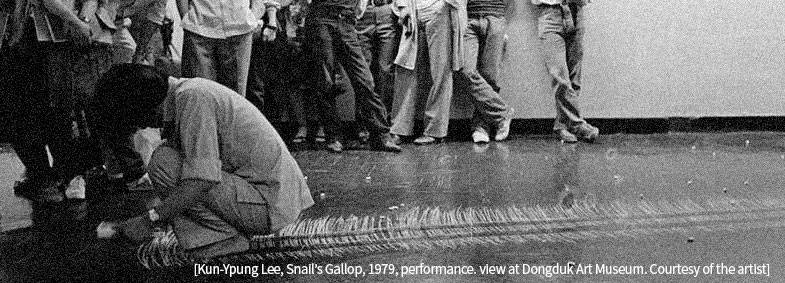
5 Performance Art in Asia
In Asia, performance arts occurred around large cities like Tokyo and Seoul after World War II. They were an intense response from artists to the rapid modernization that occurred after the war. These artists had diverse intentions that included resisting the existing social systems and attempting to narrow the gap between everyday life and art. The researchers gathered Korean materials about major artists who worked from the late 1960s to the late 1970s while bringing together Japanese materials including avant-garde art groups such as the Hi-Red Center and Zero Dimension. By recording oral statements and filming what life was like in those days, the project helps shed light on the spirit of resistance, antiartistic attitudes, and the cultural meaning of performance arts in Asia.
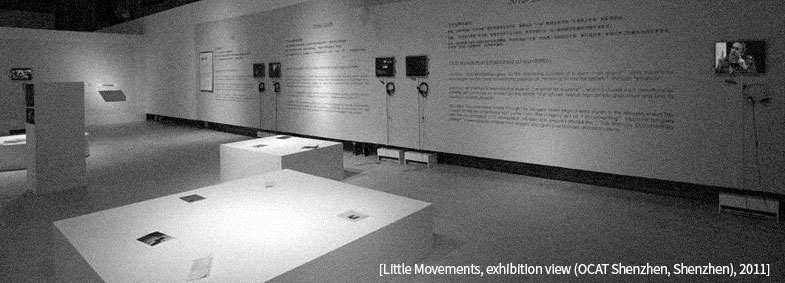
6Exhibitions in Asia
Exhibitions in Asia is a collection of extremely noteworthy materials that are centered on the history of art exhibitions after World War II in Japan, Singapore, Thailand, Taiwan, Cambodia, the Philippines, Indonesia, and China. Most Asian countries share the common experience of colonization, wars, and establishing a state through a process of westernization after the war. On a fundamental level, this collection is the history and record of an Asian visual culture that is related to Asia’s unique historical experiences in dynamic ways.
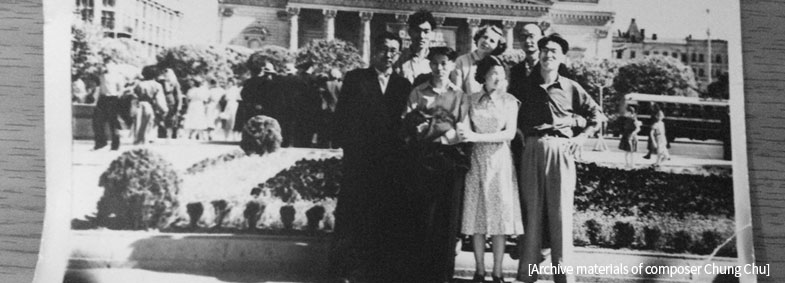
7 Creators in Asia
A significant number of artistic creators, authors, and researchers in different Asian countries have been collecting highly valuable materials all their lives. Ten Chu created an extensive number of musical scores based on an oral tradition of music from Koreans who are living in Central Asia. Folklorist Ji Chun-sang documented traditional folk games and rituals—many of which are now disappearing. On the other hand, Ahn Sang-soo and Chung Byung-kyu have produced creative records in the design field at the border of culture and the industry. These people’s collections are a rare repository of records with a very high potential value. Their creative archives will provide a source of inspiration and stimulation for future researchers.
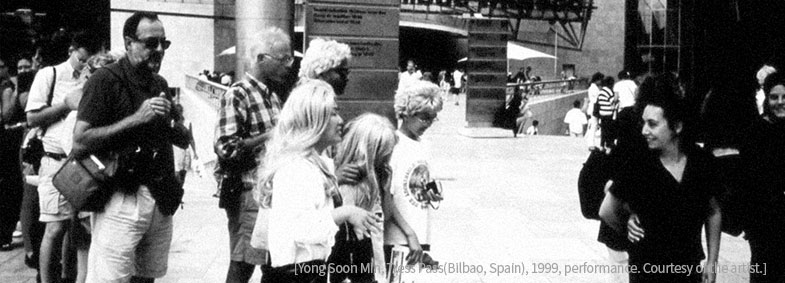
8 Migration in Asia
Migration in Asia first records the memories (experiences in unfamiliar lands) of individuals who migrated from Korea to the Middle East, Germany, and Vietnam during the mid-20th century for economic reasons. Through letters, documents, possessions, and interviews with such individuals behind the expression “brilliant economic development,” the project reveals their omitted, forgotten lives. Migration in Asia also sheds light on materials in the fields of publishing, culture, and education, in which Asian artists who immigrated to North America during the mid-20th century insisted on residential and educational rights. Although the human rights movement was very much active in the United States during that time, Asian immigrants continued to live alienated lives. The materials that contain their efforts to establish their own identity in foreign lands have become valuable records and a reference for today’s Asian immigration issues.
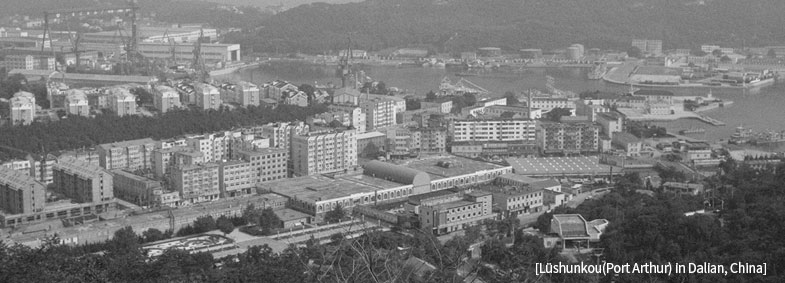
9 Cities in Asia
Urban populaces in East Asia and South Asia account for over 50% of the world’s population, and the growth rate of urban populations and the expansion of cities in such regions are incomparably more rapid compared with the West. Cities in Asia provides a window into how Asian cities have been planned and how they have changed in the process of modernization over the past 100 years, with special attention to the dynamic aspects of these cities and their changes. Specifically, the populations of four cities (i.e., Dalian, Shenyang, Changchun, and Harbin) in Northeast China are growing rapidly because of the intense economic development movements in such cities. During the colonial era of the early 20th century, these cities were an arena of competition between Japan and Russia. Even today, many cultural elements and architectural structures from three countries coexist in these cities, making them a type of an open-air Asian cultural museum. This archive has brought together urban plans, information about tourist destinations, maps, literature, interviews, and videos to document the patterns of changes and cultural traces in Asian cities.
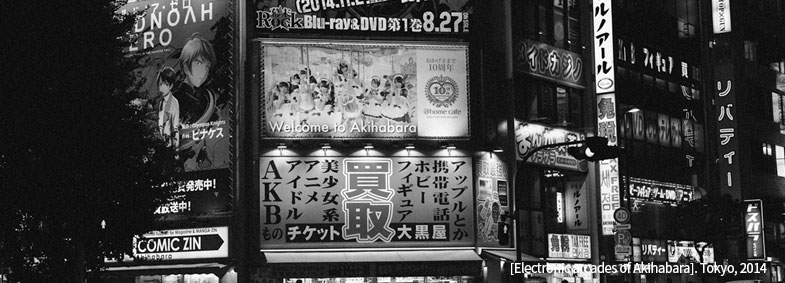
10 Electronic Arcades in Asia
Seoul’s Seun Sangga Arcade was constructed while the global electronics industry was reorganizing its foothold in terms of the division of labor and distribution throughout Asia during the 1970s. During this period, places with similar roles appeared in other countries such as Akihabara (Tokyo), GuangHua Digital Plaza (Taiwan), Apliu Street (Hong Kong), and Huaqiangbei (Shenzhen, China). From a cultural perspective, electronic arcades became the foothold not only for hardware production and distribution but also for a new digital culture. Hobby and comic enthusiasts emerged from this movement, and a subculture burgeoned based on animation, purchases of replicas, game reproduction, and computer assembly. Through materials collected from Asian electronic arcades, a new light will be shed on the cultural and historical status of electronic arcades that played an important role in the evolution of pop culture during the 1980s and 1990s.
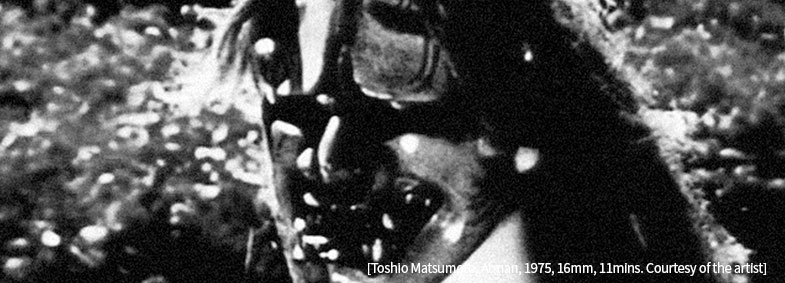
11 Experiment Films in Asia
The experimental films archive is made up of materials that show the entire process of producing and releasing experimental films by leading directors from each Asian region including films, continuity logs, idea sketches, posters, and tickets. Since 2000, as the digital era has emerged, the number of experimental Asian films has not only been significantly growing; their influence as materials of the Asian film culture has also been increasing. Collected experimental Asian films are screened at Black Box in Library Park.
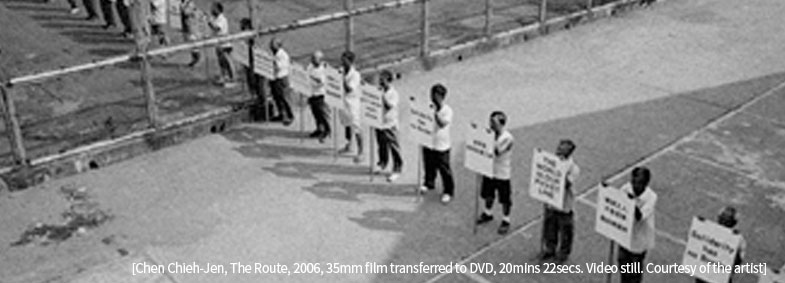
12 Video Art in Asia
Video Art in Asia is a research collection of works by Asian video artists. To date, this includes East Asian artists and Asian immigrant artists. Each artist’s works, notes, and sketches are featured as part of this collection. Visitors can examine the social, cultural, and aesthetic contexts of video arts through various materials. Asian artists have captured important images and artistic ideas from across Asia through this new medium, which only appeared after the late 1960s.
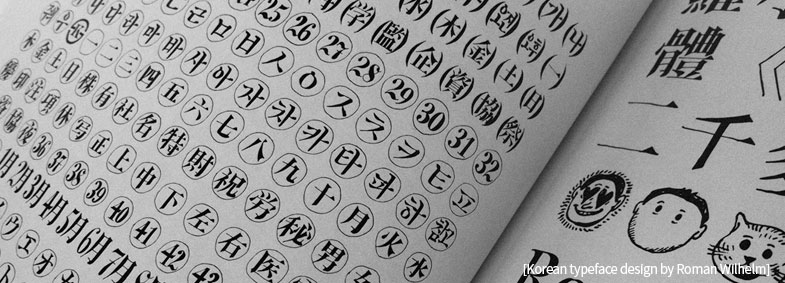
13 Design in Asia
Typefaces belong to a field where design, engineering, and commerce are closely interconnected. With Asian typefaces, they are records of a text and a design culture that originate from Asia and are a response to the development of the Western alphabet. They also reflect many exchanges and interactions between Asian countries as well as the regional characteristics and history of particular nations. In the case of Korea, China, and Japan, we can see that different cultural contexts are applied to typefaces even though they use the same Chinese characters. Visitors will learn how familiar typefaces have changed under different influences and relations while also experiencing firsthand printing devices that are used in the past and looking at changes to and records of different typefaces.
Project Space
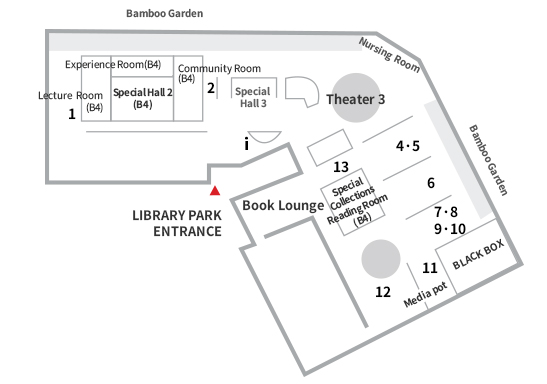
| 1 | ARCHITECTURE IN ASIA | 7 | CREATORS IN ASIA |
|---|---|---|---|
| 2 | PHOTOGRAPHY IN ASIA | 8 | ASIA AND MIGRATION |
| 3 | SOUND AND MUSIC IN ASIA | 9 | CITIES IN ASIA |
| 4 | PERFORMING ARTS IN ASIA | 10 | ELECTRONICS ARCADES IN ASIA |
| 5 | PERFORMANCE ART IN ASIA | 11 | EXPERIMENTAL FILMS IN ASIA |
| 6 | EXHIBITION HISTORIES IN ASIA | 12 | VIDEO ART IN ASIA |
| ⓘ | INFOMATION | 13 | DESIGN IN ASIA |
Docent Tour
Docent Tour
The Docent Tour takes you through the Library Park in the ACC Archive & Research
- ACC Archive & Research: Free
- 11:00, 13:00, 14:00, 15:00, 16:00, 17:00
- ※With an additional tour at 6:00 p.m. on Wednesdays and Saturdays
- Korean/Japanese/English
- Other than Korean, only Japanese and English tours are currently available. If you are interested, please download the English application form below, fill in the required information, and send it to the e-mail address provided on the form.
-
Download English Application Form
- ※For an English tour, you need to send an application at least a week before your scheduled visit. After review the application, we will send you a confirmation mail.
- About 60 minutes
- The ACC Archive & Research is a “lachivium (library + archive + museum)” that houses a wide range of resources related to the cultures and arts in Asia.
- · Free admission
- · Up to 40 people per tour (application may close early)
- · Please leave your bags and beverage in the locker.
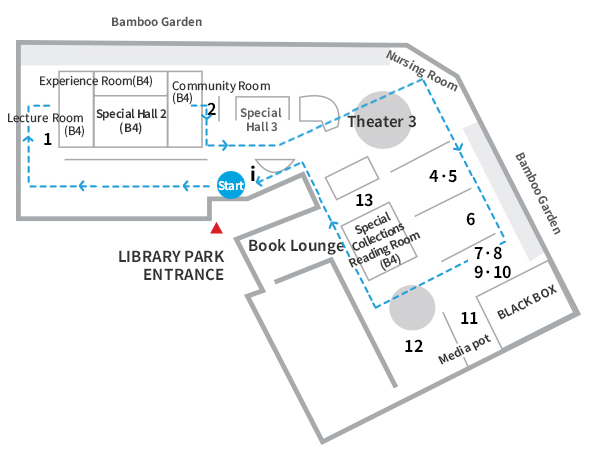
※The tour route is subject to change.
Note
- Books and other materials in the Book Lounge are not available for checkout.
- Foods are not allowed in the Lounge (beverage is allowed, however).
- Pets are not allowed in the Lounge.
- Smoking is prohibited in all ACC areas.
Place Info.
ACC Archive&Research, Asia Culture Museum

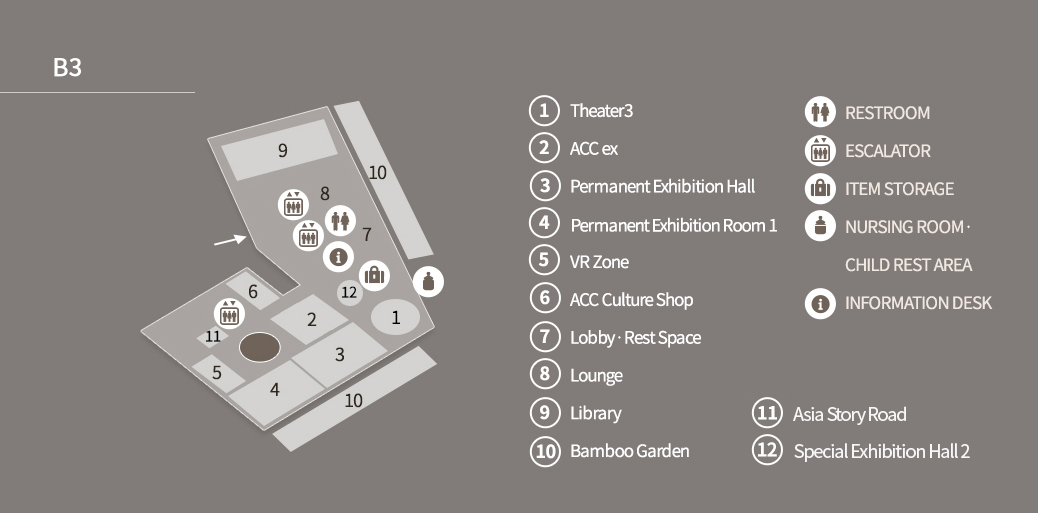
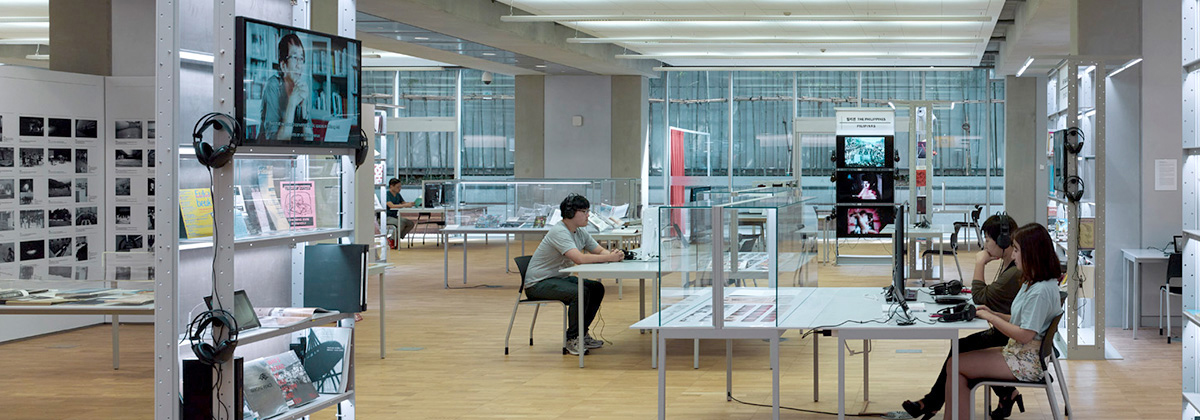
01/


